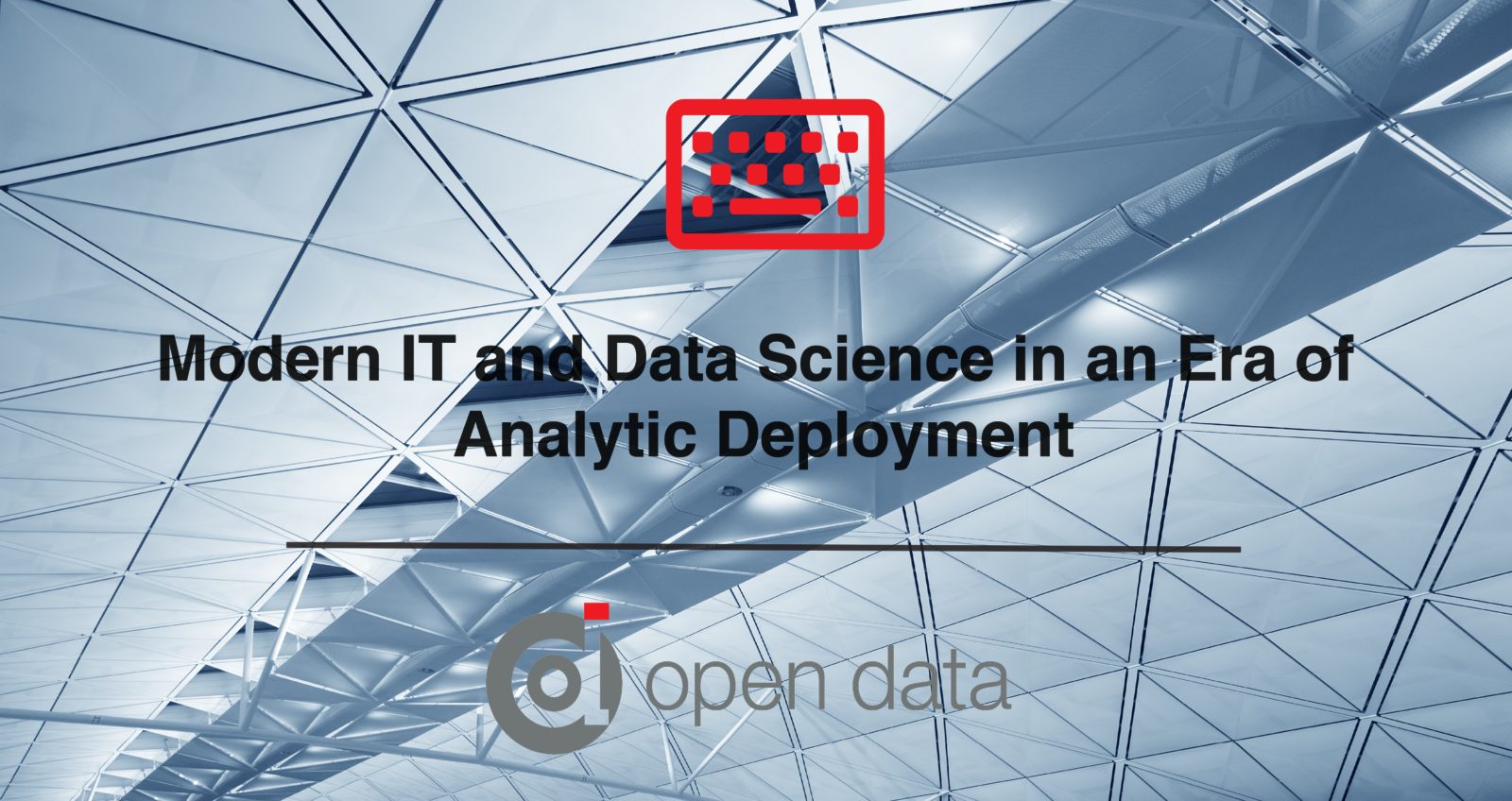Transitioning from a monolithic platform to a modular approach when building models
In this new article on InfoWorld from IDG, Open Data Group CTO Stu Bailey, discusses how the creation of new solutions within the data analytics industry have led to more innovative approaches when deploying models into production in his article with InfoWorld. These solutions have derived from an expansion of data and growth in demand for models from Data Scientists and IT.
“The mass amount of data that is being consumed everyday by data scientists has strengthened the demand for these intellectuals to use and build models off of this data.” – Stu Bailey.
A new solution to building models with a monolithic architecture, has been a modular approach. Previously, data scientists had to implement the use of tradeoffs when using a monolithic architecture due to the elements being interdependent. However, the creation of modular architectures has allowed for models to have the capability to be configured to fit all Data Science and IT needs due to its adaptable framework.
Apart from changes within the architectural framework of building models, there has been a shift with the model interchange formats that Data Scientists and IT use as well. PMML, Predictive Model Markup Language, has been implemented to ease the scalability of scoring engines while ensuring safety. Although PMML is still used today to combat a few challenges recognized with the model interchange format, PFA, Portable Format for Analytics, has been growing in use. PFA has assisted with transitioning models from development to production while using a common language to ease the transition.
Each new solution has created a more innovative and efficient way to move models from development to production. Open Data Group has helped lead the way to a more innovative approach through the use of agnostic scoring engines. Agnostic scoring engines have removed common restrictions that many Data Scientists and IT face when deploying models into production. These engines are capable of being paired with any language, and do not require any tradeoffs. Continue reading to learn more about new solutions and innovative tools.






